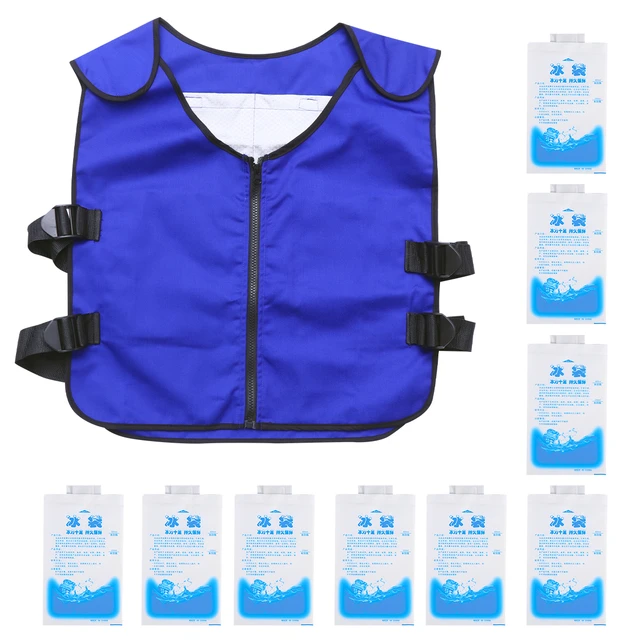Introduction
Motorcycle cooling vests are designed to provide relief from hot weather conditions during rides. While they are effective in regulating body temperature in various climates, including dry heat, you may wonder how well they work in high humidity. In this guide, we will explore the effectiveness of motorcycle cooling vests in high humidity and provide considerations for riders who frequently encounter such conditions. From understanding how cooling vests work in humidity to managing expectations and optimizing their usage, we will provide specific insights to help riders make informed decisions.
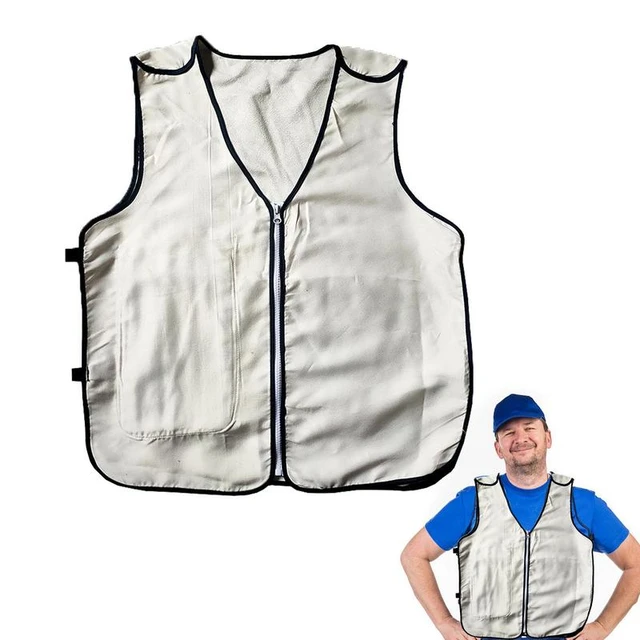
Do motorcycle cooling vests work in high humidity?
The Impact of High Humidity on Cooling Vests
1.1. Understanding Humidity
Humidity refers to the amount of moisture in the air. High humidity indicates a significant presence of moisture, which can affect the performance of certain cooling technologies used in motorcycle cooling vests.
1.2. Moisture Absorption and Evaporation
Motorcycle cooling vests often use moisture-absorbing and moisture-wicking materials to regulate body temperature. In high humidity, the air is already saturated with moisture, making it more challenging for these materials to absorb additional moisture from sweat. As a result, moisture evaporation and cooling effects may be slower compared to drier conditions.
1.3. Individual Comfort Perception
Perception of heat and comfort can vary among individuals. Some riders may feel more discomfort in high humidity due to the reduced effectiveness of cooling vests, while others may still experience benefits and find them effective. It is important to consider individual tolerance and preferences when assessing the effectiveness of cooling vests in high humidity.
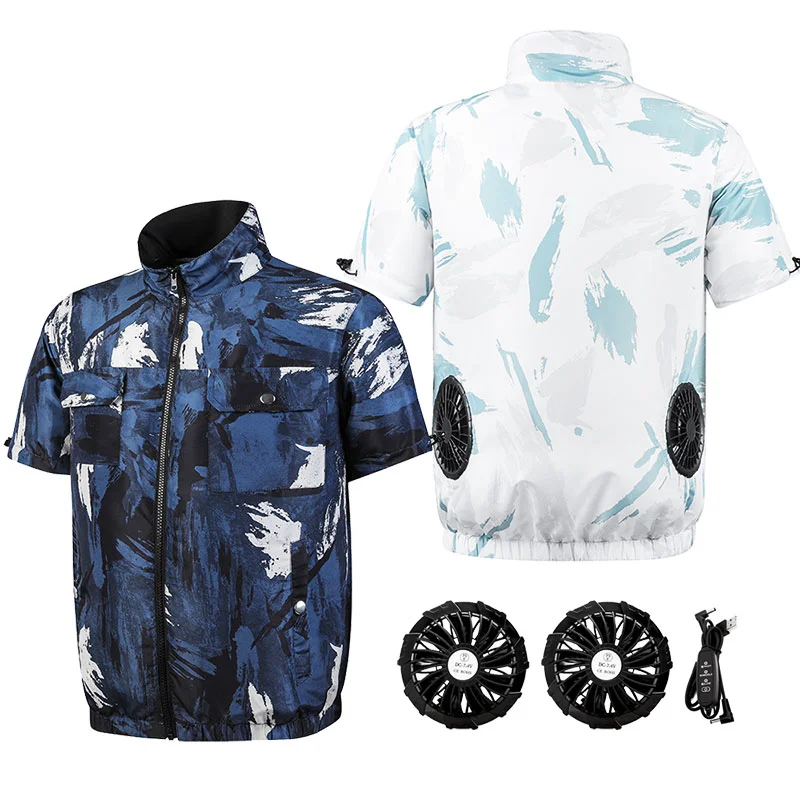
Managing Expectations in High Humidity
2.1. Heat Index vs. Actual Temperature
The heat index, also known as the “real feel” temperature, takes into account both temperature and humidity. It reflects how the body perceives temperature under specific humidity conditions. In high humidity, the heat index may be higher than the actual temperature, impacting how effectively a cooling vest can cool the body.
2.2. Adjusted Perceptions of Cooling
In high humidity, riders may need to adjust their expectations of the cooling effect provided by a cooling vest. While the vest may not create a significant drop in body temperature, it can still aid in sweat absorption and moisture evaporation, providing some level of cooling and maintaining a more comfortable body temperature.
2.3. Supplementary Cooling Measures
To enhance the cooling effect in high humidity, riders can consider complementary cooling measures. These may include using personal misting fans or applying cold towels on the neck and wrists to facilitate evaporative cooling. These additional measures work synergistically with cooling vests to optimize comfort.
Optimizing Cooling Vest Usage in High Humidity
3.1. Moisture-Wicking and Quick-Drying Fabrics
Choose motorcycle cooling vests that utilize advanced moisture-wicking and quick-drying fabrics. These materials are designed to efficiently absorb sweat and promote evaporation, aiding in the cooling process even in high humidity conditions.
3.2. Ventilation and Air Flow
Look for cooling vests that incorporate ventilation features such as mesh panels or strategically placed vents. These design elements facilitate air circulation, promoting evaporation, and enhancing the cooling effect. Air movement across the body helps to counteract the reduced effect of evaporation in high humidity.
3.3. Layering and Base Layers
In high humidity, consider layering your clothing with a cooling vest as the base layer. The cooling vest will work in harmony with moisture-wicking base layers, drawing sweat away from the skin and increasing the efficiency of moisture evaporation.
3.4. Hydration Management
High humidity can lead to increased sweat production, potentially resulting in dehydration. While a cooling vest can help reduce sweating, it is essential to stay properly hydrated by drinking plenty of water before, during, and after rides. Hydration supports overall well-being and helps regulate body temperature.
3.5. Efficient Air Circulation
Promote efficient air circulation by ensuring that your motorcycle gear, particularly your riding jacket, allows for adequate ventilation. A well-ventilated jacket combined with a cooling vest enables airflow, aiding in the evaporation process and enhancing the cooling effect.
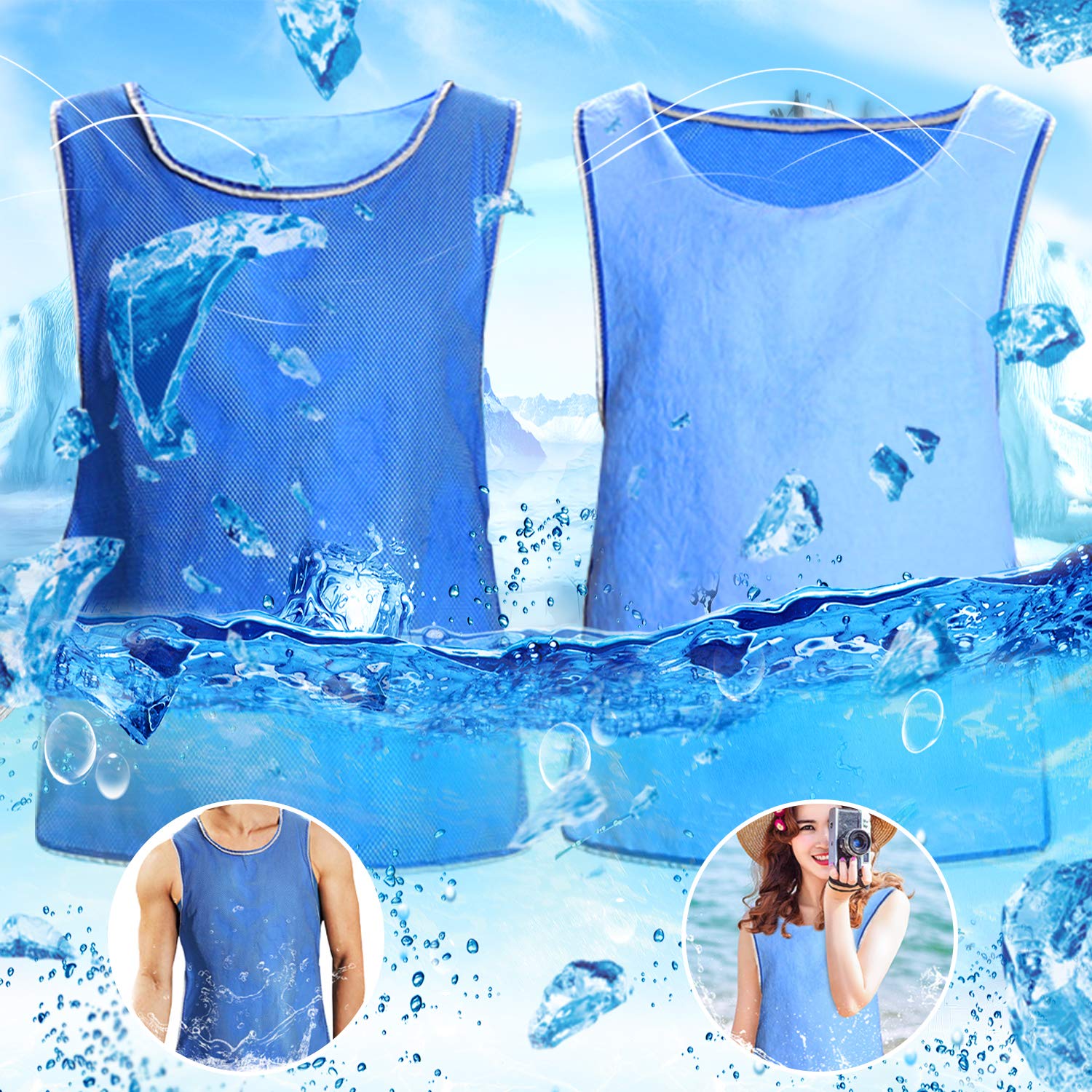
Real Rider Experiences and Feedback
4.1. Seek Input from Other Riders
To gain insights into the effectiveness of motorcycle cooling vests in high humidity, seek input from other riders who have experience with the same or similar models. Online forums, motorcycling communities, and reviews can provide valuable perspectives and shared experiences.
4.2. Consider Individual Preferences
Individual preferences and comfort levels can vary greatly. Some riders may find cooling vests to be effective even in high humidity, while others may feel less noticeable cooling effects. Considering the various experiences can help manage expectations and determine the suitability of cooling vests for specific individuals.
Overall Benefits of Cooling Vests in High Humidity
5.1. Enhanced Comfort and Focus
Although the cooling effect of a vest may be somewhat reduced in high humidity, it can still provide benefits by absorbing sweat, managing moisture, and evaporation. This can contribute to enhanced rider comfort and focused attention on the road, reducing the risk of heat-induced fatigue during rides.
5.2. Personalized Cooling Experience
Each rider’s experience with a cooling vest in high humidity will be subjective. Some individuals may find the cooling effect more noticeable, while others may find the moisture-wicking properties more valuable. Recognize that cooling vests provide a personalized cooling experience based on individual preferences and perceptions.
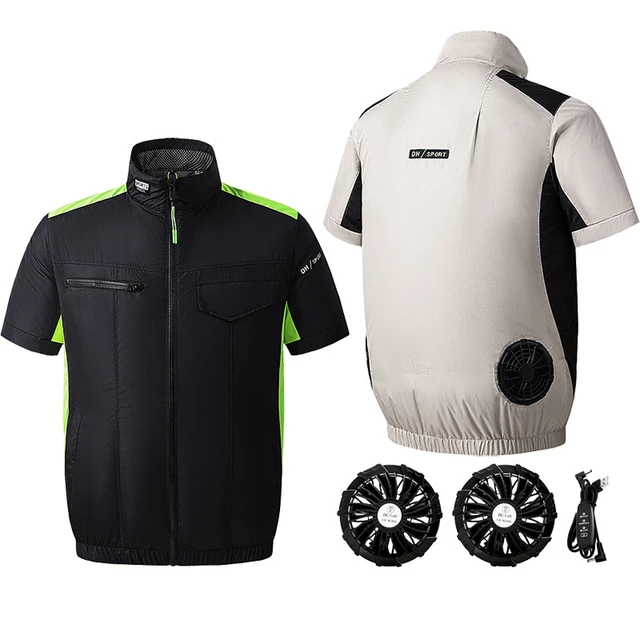
Additional Considerations for High Humidity Riding
7.1. Choose Lightweight and Breathable Clothing
In addition to wearing a cooling vest, opt for lightweight and breathable clothing that allows air circulation and promotes moisture evaporation. Avoid thick or heavy materials that can trap heat and moisture, exacerbating the discomfort in high humidity.
7.2. Plan for Proper Ventilation on Rest Stops
During longer rides, plan for rest stops in shaded areas or locations with proper ventilation. This allows you to remove your riding gear, including the cooling vest, and let your body cool down before continuing the journey.
7.3. Utilize Shade and Avoid Direct Sunlight
When possible, ride in shaded areas or plan routes that minimize direct exposure to sunlight. Riding in shade can help reduce the overall heat load on your body and make the cooling effects of the vest more effective.
7.4. Adjust Riding Style and Speed
High humidity can make riding conditions more challenging and physically demanding. Adjust your riding style and speed accordingly, allowing your body to adapt to the environmental conditions and reducing the build-up of heat from exertion.
7.5. Monitor Personal Comfort Levels
Pay attention to your personal comfort levels and signs of heat-related fatigue or dehydration. If you experience dizziness, nausea, or excessive fatigue, it is important to find a cool and shaded area to rest, rehydrate, and cool down.
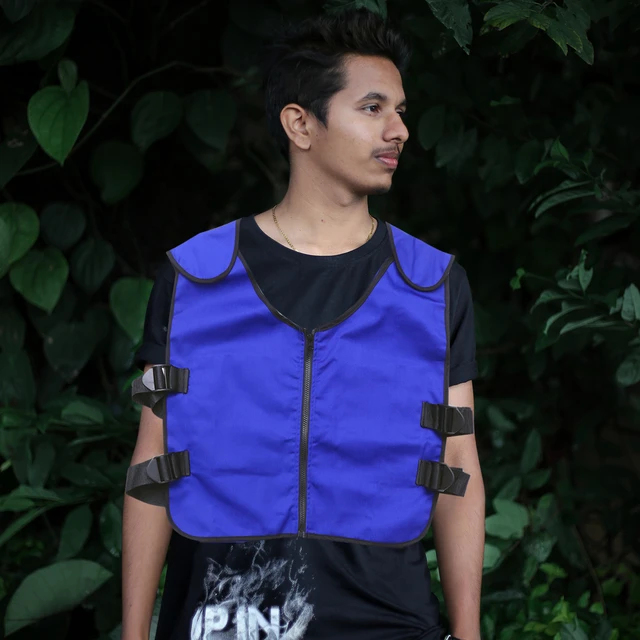
Conclusion
Motorcycle cooling vests can provide relief from hot weather conditions, including high humidity. Although the effectiveness of cooling vests may be slightly reduced in high humidity due to limited evaporation, they can still offer benefits such as moisture absorption, increased comfort, and maintaining a more desirable body temperature. By managing expectations, optimizing usage, and considering individual preferences, riders can make informed decisions about the suitability of cooling vests in high humidity. Stay cool, comfortable, and safe during hot weather rides with the aid of a motorcycle cooling vest, regardless of humidity levels.

